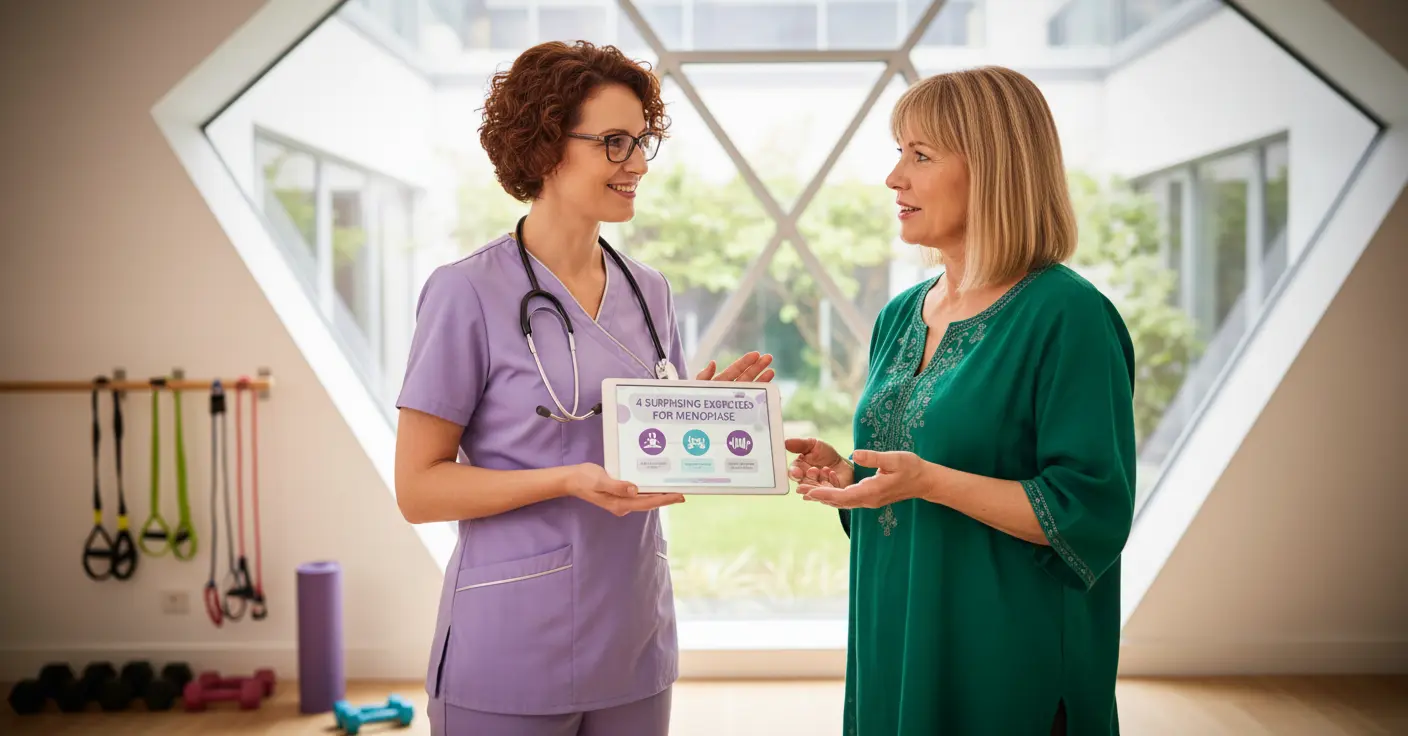Menopause gets a bad rap, doesn’t it? Hot flashes, night sweats, joint pains—the whole package of delights, all courtesy of a little thing called hormonal deficiency. But for many women, there’s another guest at the party: the genitourinary syndrome of menopause (GSM), a term that’s even got the experts updating their vocabulary. The silver lining? There are more options for relief than ever, and some might just surprise you.
Understanding Genitourinary Syndrome of Menopause (GSM)
What once was ominously labeled “vulvovaginal atrophy” now falls under the umbrella of GSM, says Professor Trémollières, endocrinologist. GSM includes a wide range of functional and physical symptoms that can really cramp your style, such as:
- Vaginal dryness
- Discomfort or pain during intercourse
- Irritation and itching
- Urinary disturbances, including repeated infections
While the prospect may sound overwhelming, here’s some good news from Professor Trémollières: it’s actually rare for a 50-year-old woman to experience isolated vulvovaginal atrophy so severe that sexual activity becomes impossible. Typically, GSM symptoms appear together, often occupying more than just one function—affecting both sex life and urination.
The First Line of Defense: Local Treatments
Before you abandon all hope and start browsing obscure online forums, know this: local treatments are currently the most effective and should always be the first therapeutic option. For women reporting vaginal symptoms (such as dryness or pain during intimacy), a local hydrator, often based on hyaluronic acid, is highly recommended. Think of it as a moisturizer, but for parts that don’t usually see the light of day.
How does it work? Begin by applying the hydrator two to three times a week. If necessary, you might move on to mild local estrogens, or even products containing DHEA (dehydroepiandrosterone). These treatments come in different forms—gels, ovules, or a ring placed in the vagina that slowly releases small quantities of hormones. Comfort never looked so science-driven!
- Wear cotton underwear
- Avoid harsh intimate cleansers
According to Professor Trémollières, when menopause doesn’t come with other severe symptoms, local treatment is generally safe and sufficient. Simple, straightforward, and risk-free in most cases.
When Local Isn’t Enough: The Role of Perineal Rehabilitation
But what if vaginal dryness decides to invite other guests—like urinary leaks or loss of muscle tone in the perineum? That’s when pelvic floor rehab walks into the picture. Sessions with a physiotherapist or midwife can make a real difference, especially in addressing urinary complaints.
If trekking out to regular professional sessions doesn’t fit your schedule, a little do-it-yourself approach is possible. You can perform gentle perineal contractions at home—think of it as personal training for your pelvic floor. However, let’s keep expectations in check: this isn’t a miracle solution, but it can help strengthen muscles and is especially effective for urinary symptoms.
The secret to these exercises? As you contract, imagine closing a zipper that starts at your navel and runs all the way up to your chest, all while pulling in your stomach and tightening your waist. Hold this for five to ten seconds. Powerful stuff—literally.
Finding Comfort Is a Team Effort
There’s no one-size-fits-all method, but here’s the bottom line: GSM requires a team approach. Local hydration and hormone-based therapies sit at the core. If issues persist, especially those related to muscle strength and bladder control, collaborating with a professional for perineal rehabilitation is the way to go.
And at home? Practicing pelvic contractions can supplement your clinical sessions. Just don’t forget, these exercises are no substitute for tailored medical care, particularly when GSM comes with extra challenges.
Menopause may toss its fair share of curveballs, but between quality care and targeted exercises, it doesn’t have to call all the shots. Take a step (or a squeeze) in the right direction, and reclaim your comfort, one movement at a time.

John is a curious mind who loves to write about diverse topics. Passionate about sharing his thoughts and perspectives, he enjoys sparking conversations and encouraging discovery. For him, every subject is an invitation to discuss and learn.






